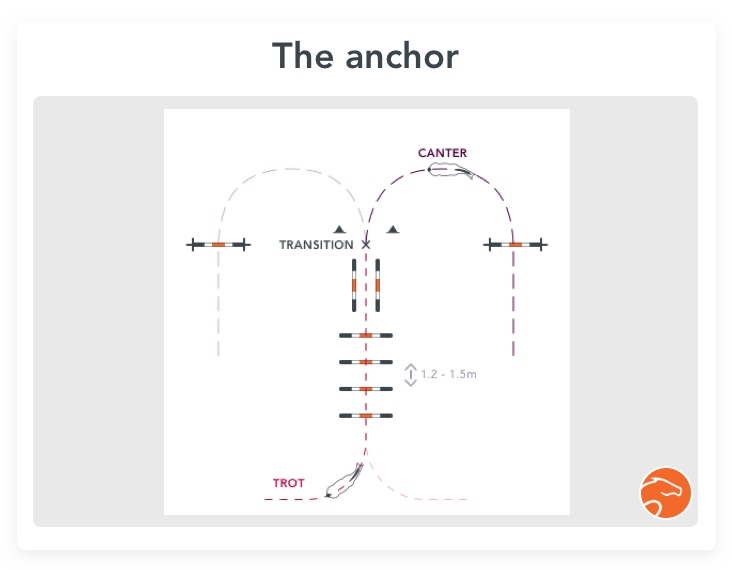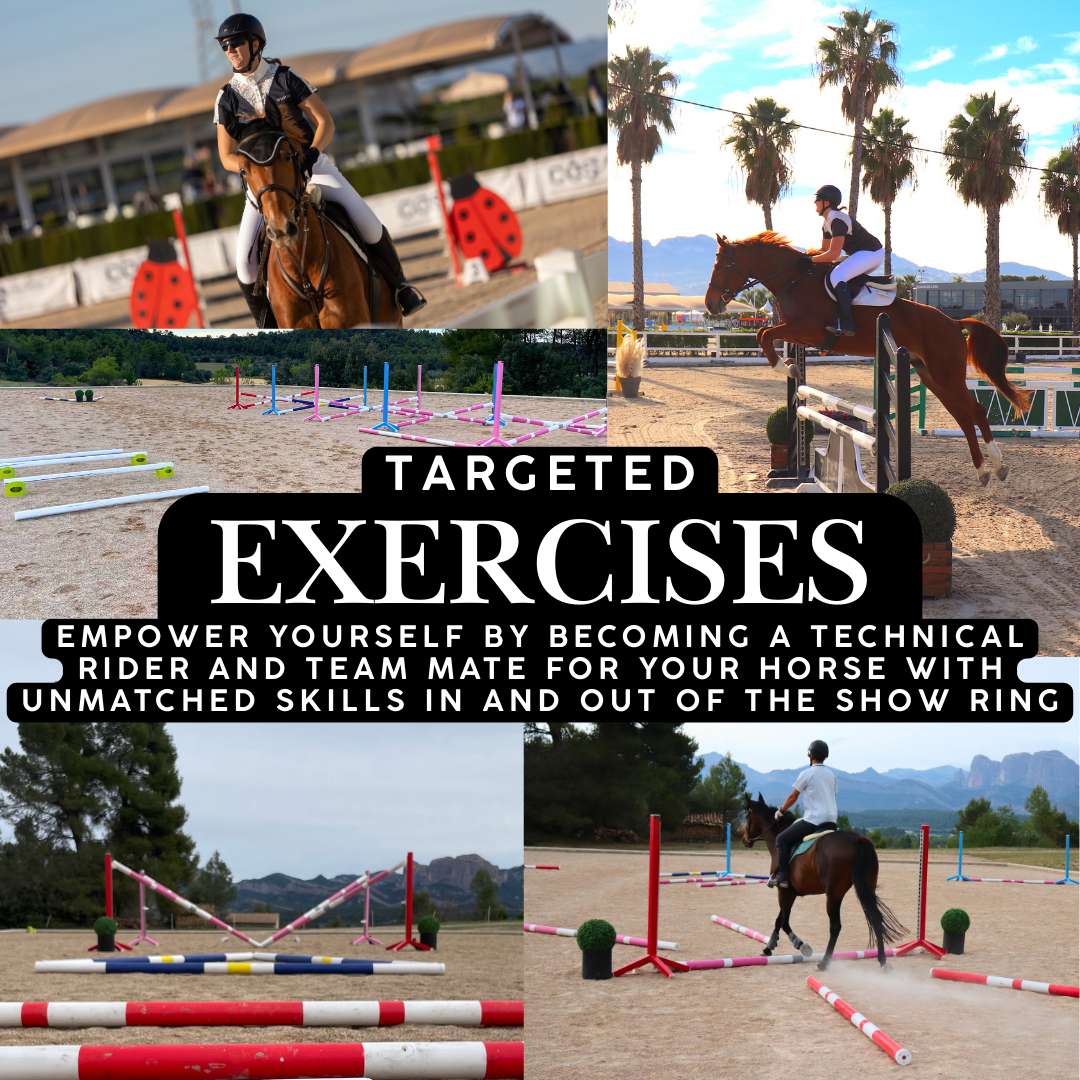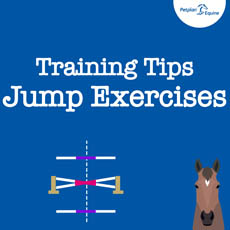Show Jumping Exercises for Horse and Rider

Show jumping is a thrilling equestrian sport that demands precision, agility, and a strong partnership between horse and rider. To excel, both must train effectively with exercises that improve technique, balance, and confidence. This article explores essential show jumping exercises designed to enhance performance and safety.
Why Focus on Exercises?

Training exercises help develop the horse’s strength, flexibility, and responsiveness while improving the rider’s balance, timing, and control. Consistent practice builds trust and communication, which are crucial for navigating complex courses.
Key Exercises for Show Jumping
| Exercise Name | Purpose | Description |
|---|---|---|
| Cavaletti Poles | Improve rhythm and stride length | Poles placed on the ground encourage the horse to lift its legs and regulate stride. |
| Gymnastic Grids | Enhance jumping technique and agility | Series of jumps set at specific distances to develop coordination and muscle memory. |
| Bounce Jumps | Increase quickness and adjustability | Two or more jumps placed close together requiring rapid, controlled takeoffs and landings. |
| Course Practice | Simulate competition conditions | Full courses with varied jumps to practice strategy, pacing, and course memorization. |
Detailed Exercise Descriptions
Cavaletti Poles
Cavaletti exercises are fundamental for warming up and improving the horse’s stride consistency. They encourage the horse to engage its hindquarters and develop better balance.
Gymnastic Grids
These grids help both horse and rider refine their timing and jumping form. By adjusting distances, riders can target specific weaknesses such as rushing or hesitating.
Bounce Jumps
Bounce jumps challenge the horse’s agility and the rider’s ability to maintain a steady rhythm. They are excellent for building confidence in tight, technical sections of a course.
Course Practice
Regularly practicing full courses prepares horse and rider for the mental and physical demands of competition. It also helps identify areas needing improvement.
Tips for Effective Training
- Warm up thoroughly before jumping exercises.
- Focus on rider position and balance.
- Use varied exercises to prevent boredom.
- Gradually increase difficulty to build confidence.
- Always prioritize safety for horse and rider.
Frequently Asked Questions (FAQ)
Q1: How often should I practice show jumping exercises?
A: Ideally, 2-3 times per week, allowing rest days for recovery.
Q2: Can beginners do these exercises?
A: Yes, but start with basic exercises like cavaletti poles and progress gradually.
Q3: What equipment is needed?
A: Basic jumping poles, standards, and a safe arena or field.
Q4: How do I know if my horse is ready for advanced exercises?
A: Your horse should be comfortable with basic jumps and show good fitness and confidence.
Conclusion
Incorporating these show jumping exercises into your training routine will enhance your horse’s athleticism and your riding skills. Consistent, focused practice builds a strong partnership, leading to better performance and enjoyment in the sport.
Feel free to use this structured guide to create a detailed, SEO-friendly blog article that engages readers and provides valuable insights into show jumping training.
